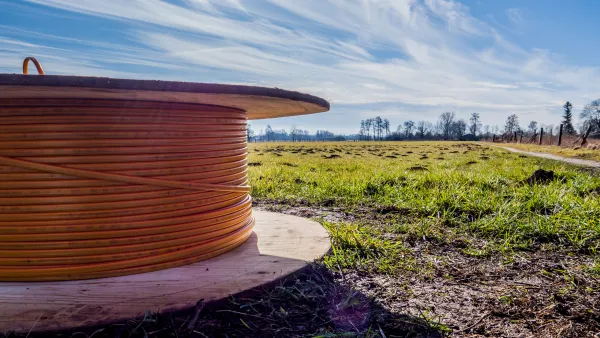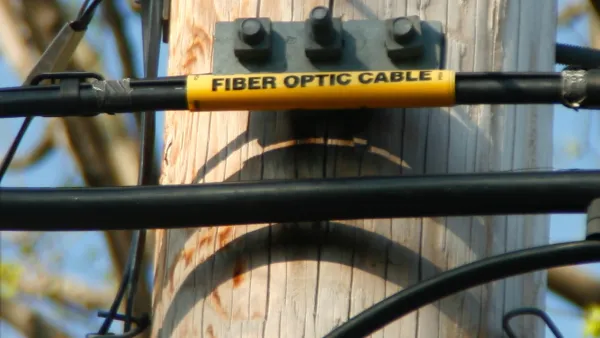Though the Obama administration poured billions of dollars into expanding broadband access across America (98 percent of homes now have access), reducing digital inequality has been a far greater challenge.

"[Elmer Griffin, 70, a retired truck driver from Bessemer, Ala.] is among the roughly 20 percent of American adults who do not use the Internet at home, work and school, or by mobile device, a figure essentially unchanged since Barack Obama took office as president in 2009 and initiated a $7 billion effort to expand access, chiefly through grants to build wired and wireless systems in neglected areas of the country," writes Edward Wyatt.
"Administration officials and policy experts say they are increasingly concerned that a significant portion of the population, around 60 million people, is shut off from jobs, government services, health care and education, and that the social and economic effects of that gap are looming larger. Persistent digital inequality — caused by the inability to afford Internet service, lack of interest or a lack of computer literacy — is also deepening racial and economic disparities in the United States, experts say."
FULL STORY: Most of U.S. Is Wired, but Millions Aren’t Plugged In

National Parks Layoffs Will Cause Communities to Lose Billions
Thousands of essential park workers were laid off this week, just before the busy spring break season.

Retro-silient?: America’s First “Eco-burb,” The Woodlands Turns 50
A master-planned community north of Houston offers lessons on green infrastructure and resilient design, but falls short of its founder’s lofty affordability and walkability goals.

Delivering for America Plan Will Downgrade Mail Service in at Least 49.5 Percent of Zip Codes
Republican and Democrat lawmakers criticize the plan for its disproportionate negative impact on rural communities.

Test News Post 1
This is a summary

Test News Headline 46
Test for the image on the front page.

Balancing Bombs and Butterflies: How the National Guard Protects a Rare Species
The National Guard at Fort Indiantown Gap uses GIS technology and land management strategies to balance military training with conservation efforts, ensuring the survival of the rare eastern regal fritillary butterfly.
Urban Design for Planners 1: Software Tools
This six-course series explores essential urban design concepts using open source software and equips planners with the tools they need to participate fully in the urban design process.
Planning for Universal Design
Learn the tools for implementing Universal Design in planning regulations.
EMC Planning Group, Inc.
Planetizen
Planetizen
Mpact (formerly Rail~Volution)
Great Falls Development Authority, Inc.
HUDs Office of Policy Development and Research
NYU Wagner Graduate School of Public Service




























